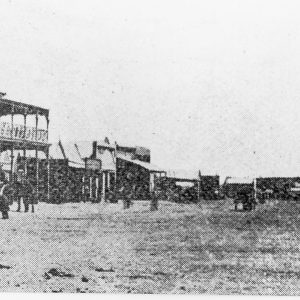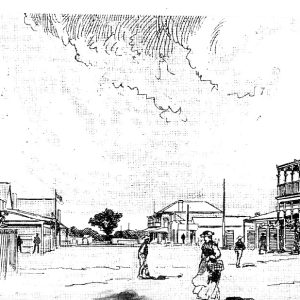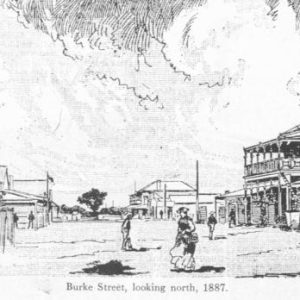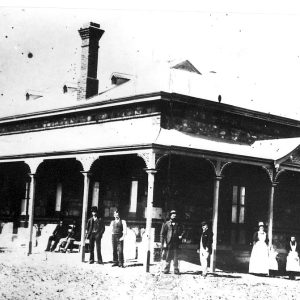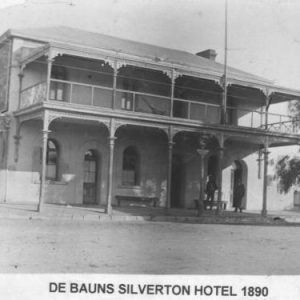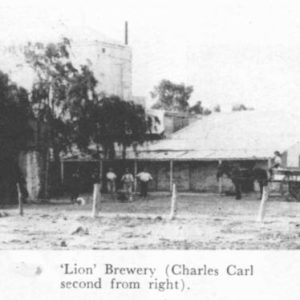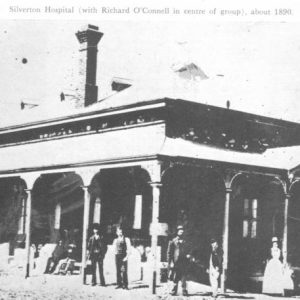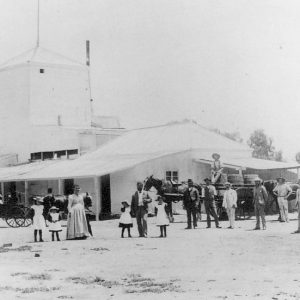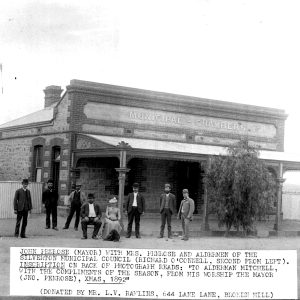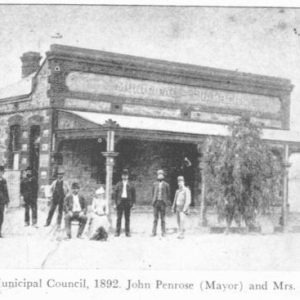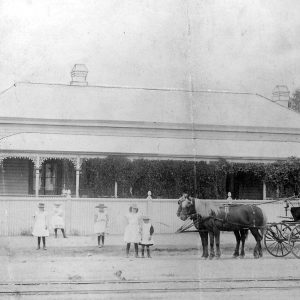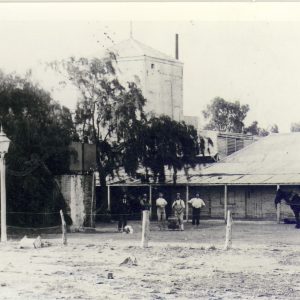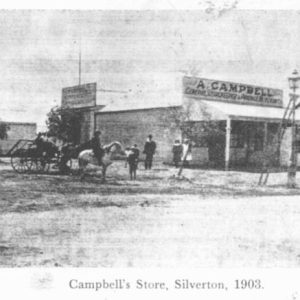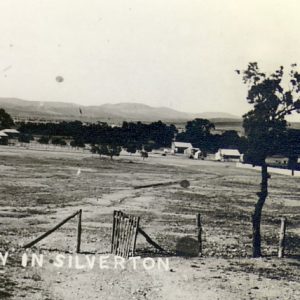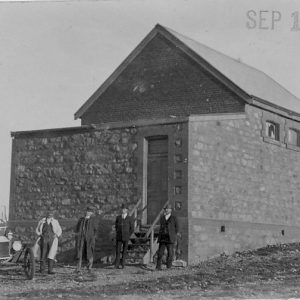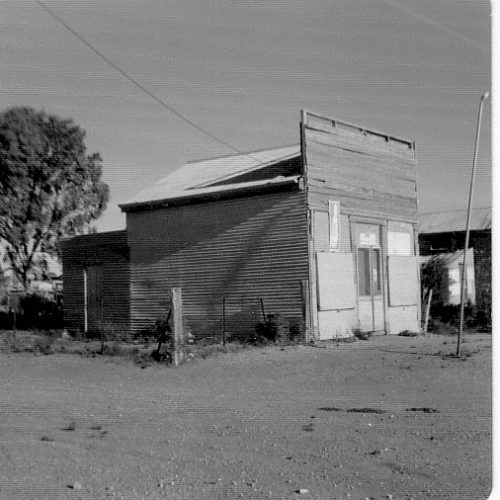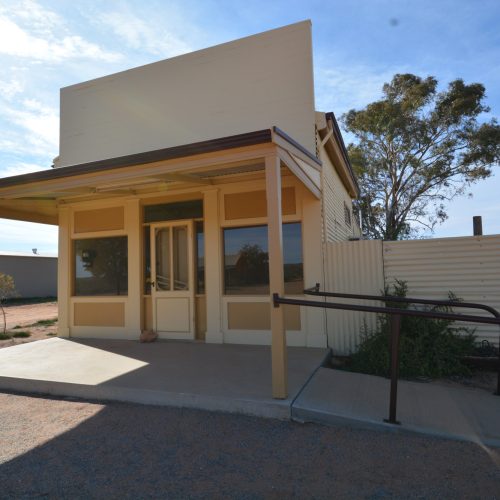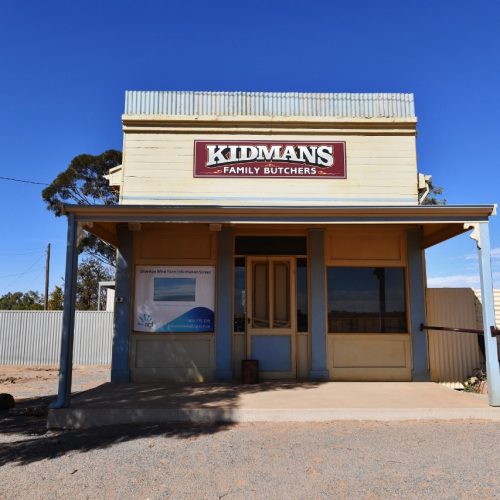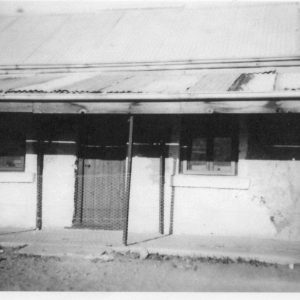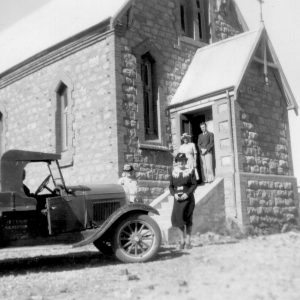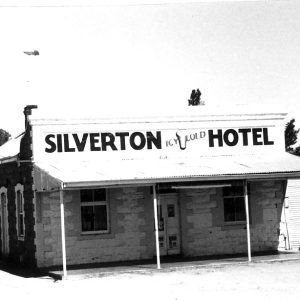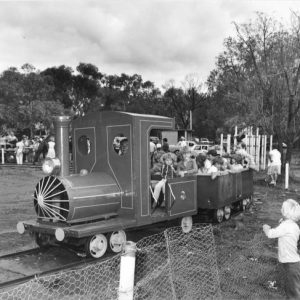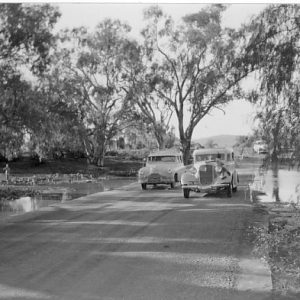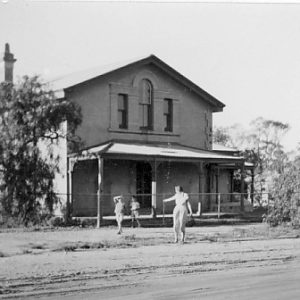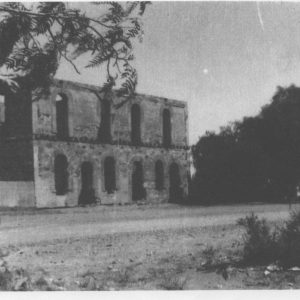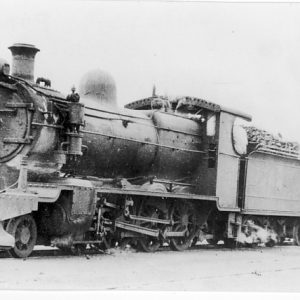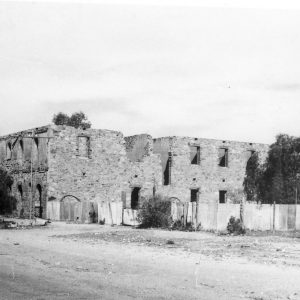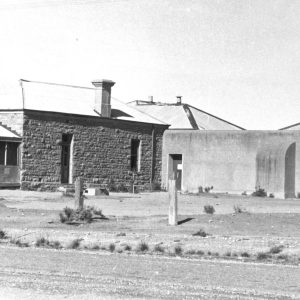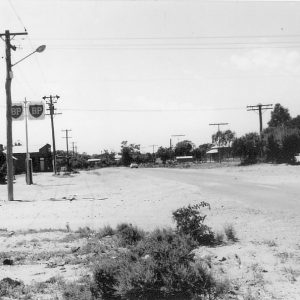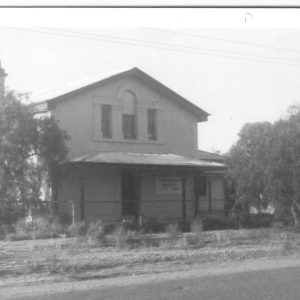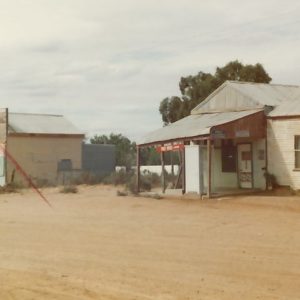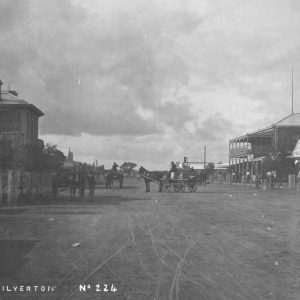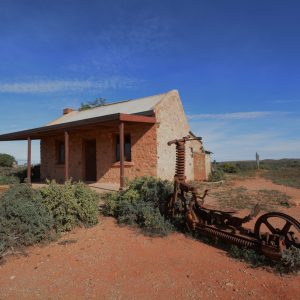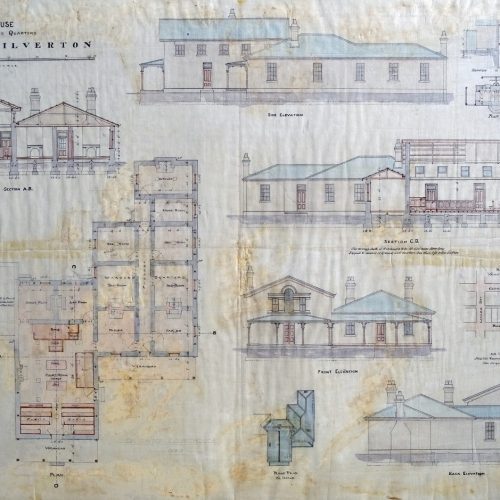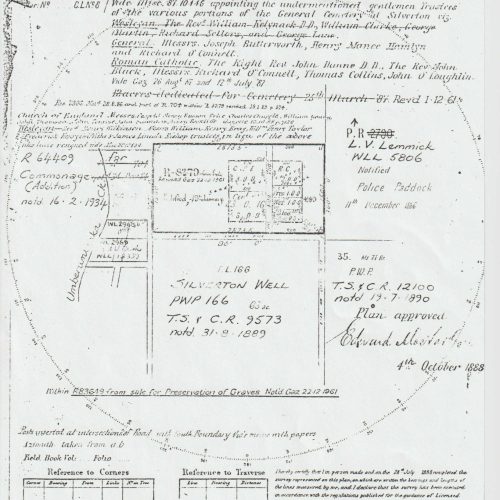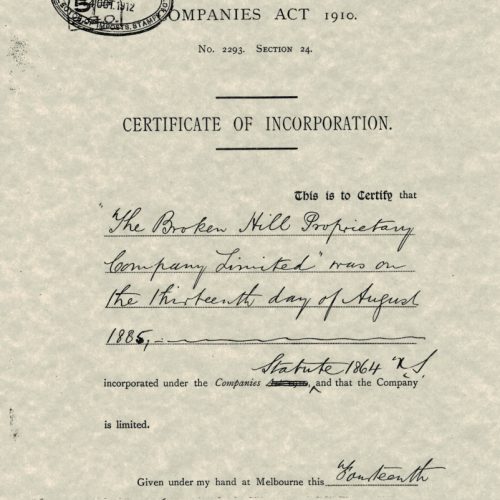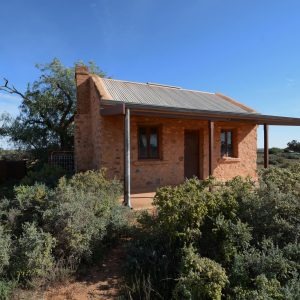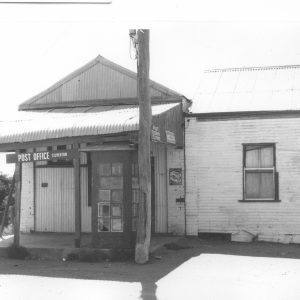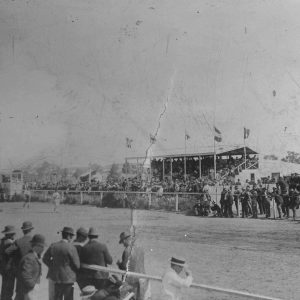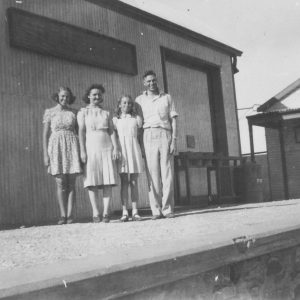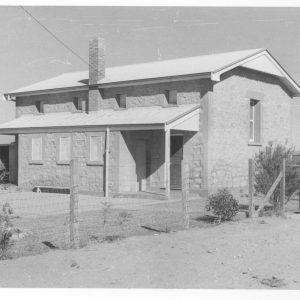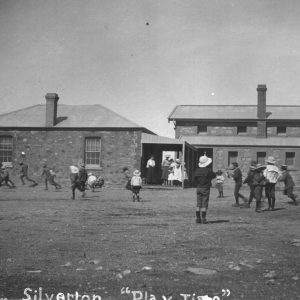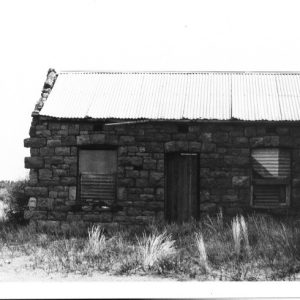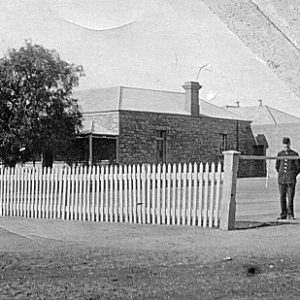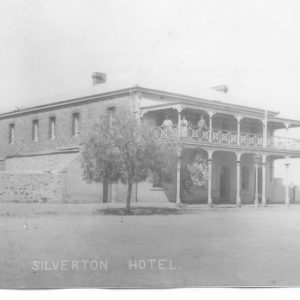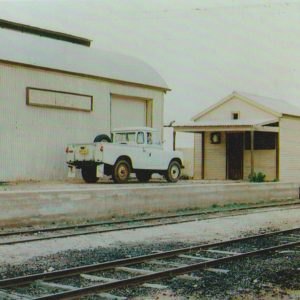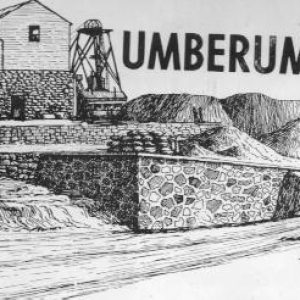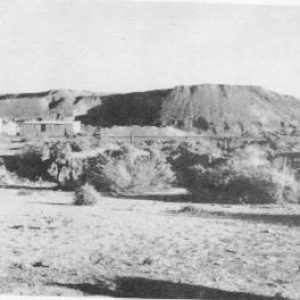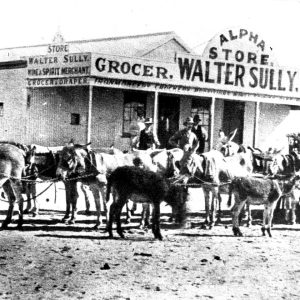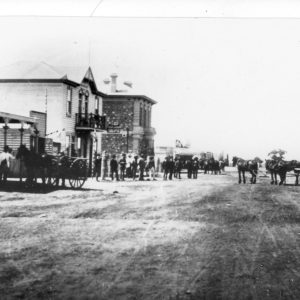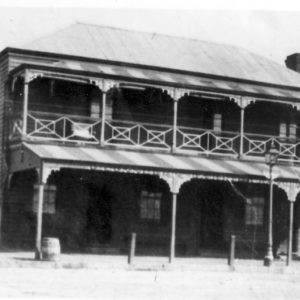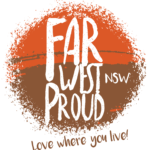History
The History of Silverton
In the 1880s, the Barrier Ranges were alive with exploration and prospecting activity. Mining claims sprang up as pioneers arrived to seek their fortune in the ancient outback earth.
Established in 1880, Silverton was the area’s largest township that offered a central, flat position and water supply. Originally called Umberumberka after the nearby mine and small township from which it was considered an offshoot, Silverton was truly born in 1883 when its name was proclaimed and a post office was built.
At that time, Silverton boasted a population of 250, but in a matter of months that number had doubled. Within two years, 3,000 people had set up camp in Silverton – the peak of the township’s population.
Once Silverton was established, it quickly began to flourish with businesses, medical practitioners, solicitors, and entrepreneurs of every kind springing up to line the streets. The Silverton Municipal Council was formed in 1886 and held its inaugural meeting the following January.
As the town grew, It became necessary that a railway line be laid to transport the ore mined from the Broken Hill. While the South Australian Government constructed a line as far as the border, the NSW Government declined to extend the line through their territory. Thus, the locally and privately owned Silverton Tramway Company was formed to build and operate the line. It was opened in 1888 and ran from Cockburn, through
Silverton and on to the newly discovered Broken Hill. The line functioned up until 1970. Having transported 57 million tonnes of silver lead and zinc ore, freight and 2,881,000 passengers, trains were re-routed at Cockburn to bypass Silverton.
In its heyday Silverton boasted every convenience, including a newspaper, Stock exchange, Masonic Lodge, gaol, gymnasium, hospital, jockey club, football team and Churches of several denominations. The Federated Engine Drivers Union was formed in Silverton, later becoming Australia’s most powerful union the CFMEU (Construction, Forest, Mineral and Energy Union). The Barrier Ranges Miners’ Association was also formed in Silverton, a friendly society aiming to assist those injured in mining accidents. In 1886 the association resolved to form a branch of the Amalgamated Miners’ Association of Australasia. They pushed for workers’ rights under the banner “United we stand, divided we fall”, and unionism was born in the region.
That wasn’t the only thing to happen in Silverton that would have repercussions farther afield. The Broken Hill Proprietary Company Limited (BHP) was formed in the De Baun’s Hotel (The current site of Silverton Hotel’s Accommodation) in 1885. The company would have a huge impact upon the country’s mining industry and the State’s finances for generations. With the discovery of the Silver, Lead and Zinc deposits in Broken Hill which subsequently proved to be the largest in the world, Silverton’s mining declined and
with it the town became smaller.
The Municipal Council was taken off the NSW Municipal register in 1906, leaving the State Government in control of the town and surrounding common of 12,000 acres. Many of Silverton’s buildings were transported into Broken Hill by train, teams of donkeys, camels and bullocks.
Although less than 40 people live in Silverton today, the town has enjoyed a new life. It is now managed by the Silverton Village Committee Inc., which includes 3 locals and 2 Government representatives.
Significant historic buildings remain and function today and the culture remains vibrant. The same landscape that was once home to a legion of miners is now inspiring a generations of artists and film makers. Its rich history and art galleries attract people from all over the world. The unique land and light has led to Silverton being immortalised on both television and the movie screen.
Mineral wealth may have moved on, but Silverton is now richer than ever before. Information sourced from “Silverton”, by RHB Kearn.
The Kidman Building
This building started life as a butcher’s shop in Silverton’s very early days. The proprietor
was Sackville Kidman, older brother of Sir Sydney Kidman who became known as the Cattle
King.
Sydney worked at the store as a fourteen year old, later gaining employment on local
stations, where the seeds of one of Australia’s greatest cattle empires were planted.
In the 1930’s, George and Elizabeth Crossing and A. Harding continued to trade as butchers,
with the Kidman’s having moved their business into Broken Hill. The building then became a residence until about 1950, when it was used as a grain store. In the early 1980’s, after the filming of part of the TV series “A Town Like Alice” in Silverton, the shop became an Ice Cream Parlour and is still occasionally referred to as this today.
In 2003, the Silverton Village Committee was successful in securing a grant from the NSW Heritage Office and the building, which had fallen into a state of disrepair, was restored. The building was used in an American TV series (The Leftovers) in recent years, where it was a post office.
When available, the building can be leased for a business, pop up shop, workshops etc. Please contact us for more information.

